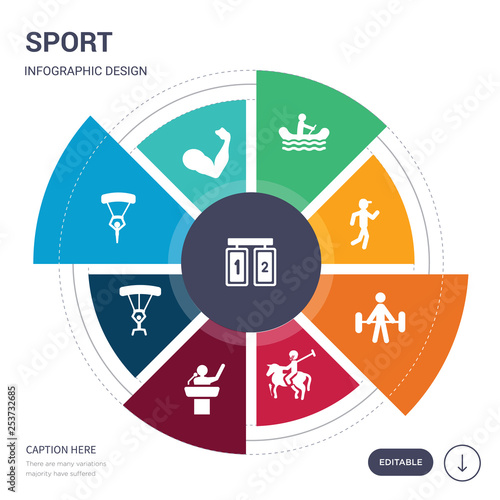Martial arts have a remarkable background that covers centuries and continents. mouse click the up coming web site may find it intriguing just how old techniques like Shuai Jiao and Kalaripayattu prepared for contemporary fight methods. These techniques not only highlight physical abilities however additionally mirror the societies that birthed them. As you explore their advancement, take into consideration exactly how globalization has transformed these typical forms into hybrid styles. What does martial arts make kids violent do you assume have shaped today's martial arts landscape?
Ancient Martial arts: The Structures of Combat
As you look into the world of old martial arts, you'll find the rich structures that shaped battle techniques across societies. Early techniques concentrated on Self-Defense and survival, commonly integrating strikes, hurting, and weaponry.
In ancient China, for instance, strategies like Shuai Jiao stressed tosses and joint locks, while India's Kalaripayattu showcased dexterity and fluid activity. Japanese samurai created Kenjutsu, a polished swordsmanship that highlighted technique and technique.
These martial arts served not just for fight but also as a way of personal development, instilling worths like respect and perseverance. The mixing of these techniques over time laid the groundwork for the diverse martial arts you see today, each mirroring the unique ideologies and demands of its culture.
The Social Influence on Martial Arts Advancement
While martial arts typically show the useful requirements of a culture, they also embody the social values and beliefs of their beginnings. When you check out different martial arts, you'll discover just how they're influenced by religion, approach, and social norms.
For please click the next post , the focus on regard and self-control in Japanese martial arts stems from Zen Buddhism and samurai culture. In contrast, Brazilian Jiu-Jitsu advertises versatility and approach, formed by the requirement for performance in a diverse, modern environment.
You may discover that the routines, uniforms, and training techniques show a community's background and identification. By recognizing these cultural impacts, you grow your gratitude of martial arts and their role in shaping human experiences across the globe.
Modern Adaptations and the Globalization of Martial arts
Martial arts have actually transformed substantially in recent decades, adjusting to modern culture and international impacts. You'll notice that traditional types have combined with modern strategies, creating hybrid styles like MMA. These adaptations deal with diverse target markets, making martial arts obtainable and attractive globally.
With the increase of social networks and electronic systems, you can discover tutorials and competitions from all corners of the world, damaging geographical obstacles. This globalization has caused a common admiration for different self-controls, from Brazilian Jiu-Jitsu to Taekwondo.
As you engage with these arts, you'll understand they're not just about fight; they promote health and fitness, self-control, and psychological well-being.
Ultimately, contemporary adjustments have enriched the martial arts landscape, making it a vibrant and advancing method.
Conclusion
In checking out the history and evolution of martial arts, you reveal an interesting blend of methods, cultures, and philosophies. From old techniques like Shuai Jiao and Kalaripayattu to the modern-day adaptability seen in mixed martial arts, martial arts show humankind's quest for Self-Defense and individual development. As you engage with these methods, you not only gain abilities yet likewise a deeper appreciation for the diverse traditions that shape our world today. So, continue your journey and embrace the art of fight!
